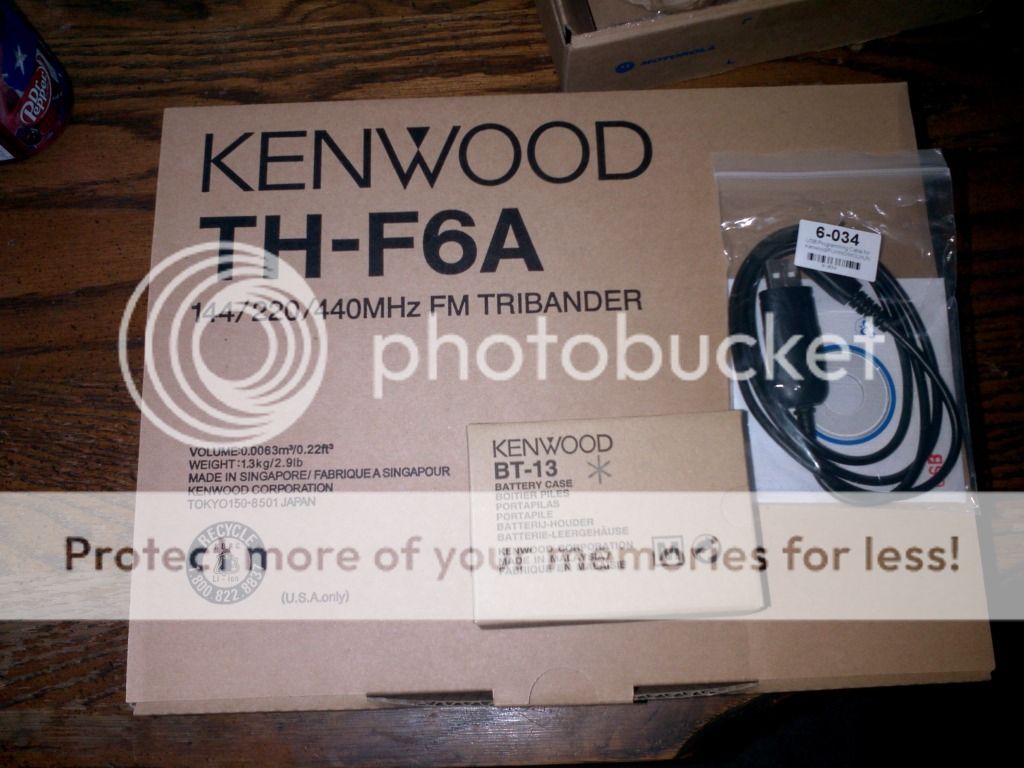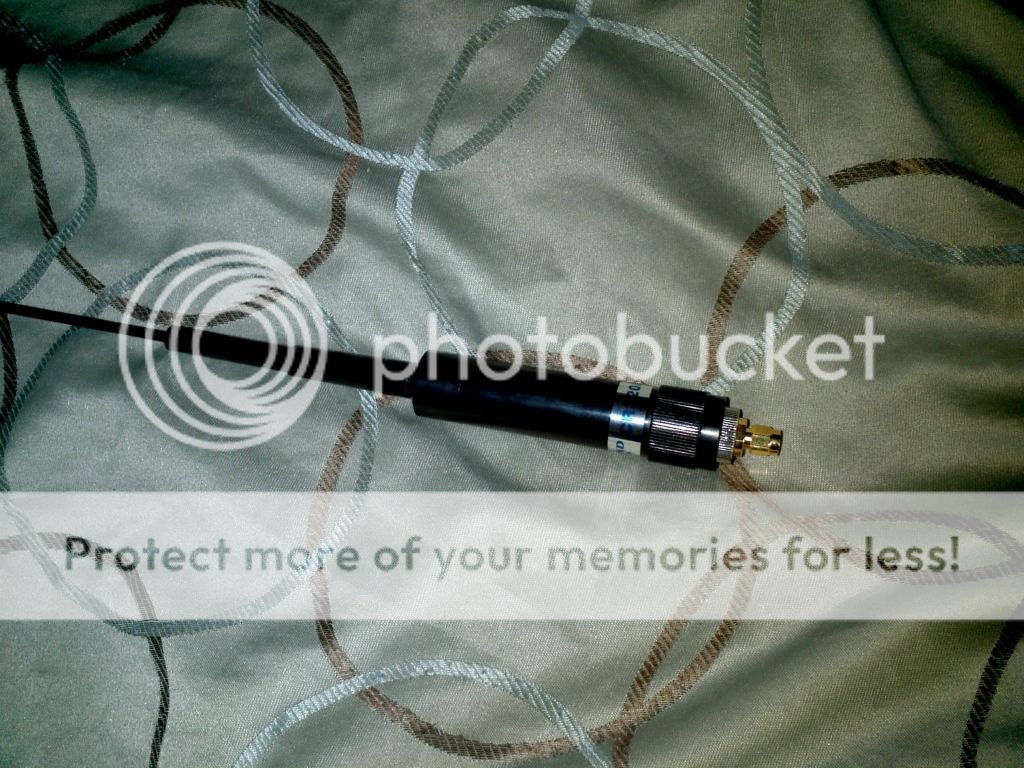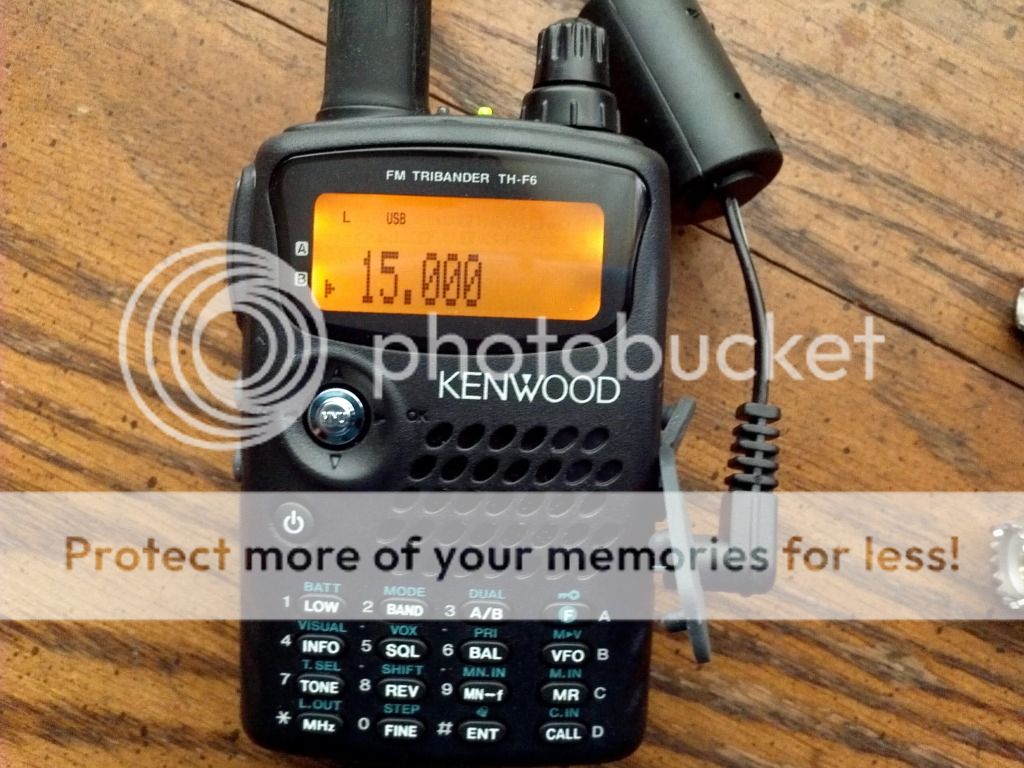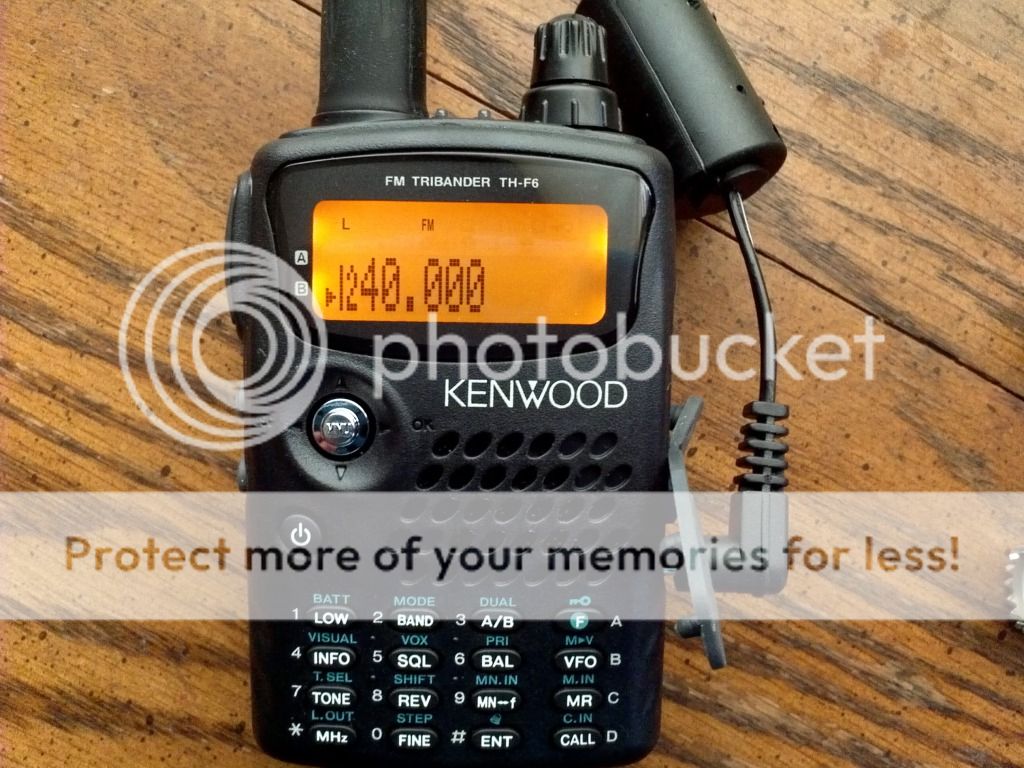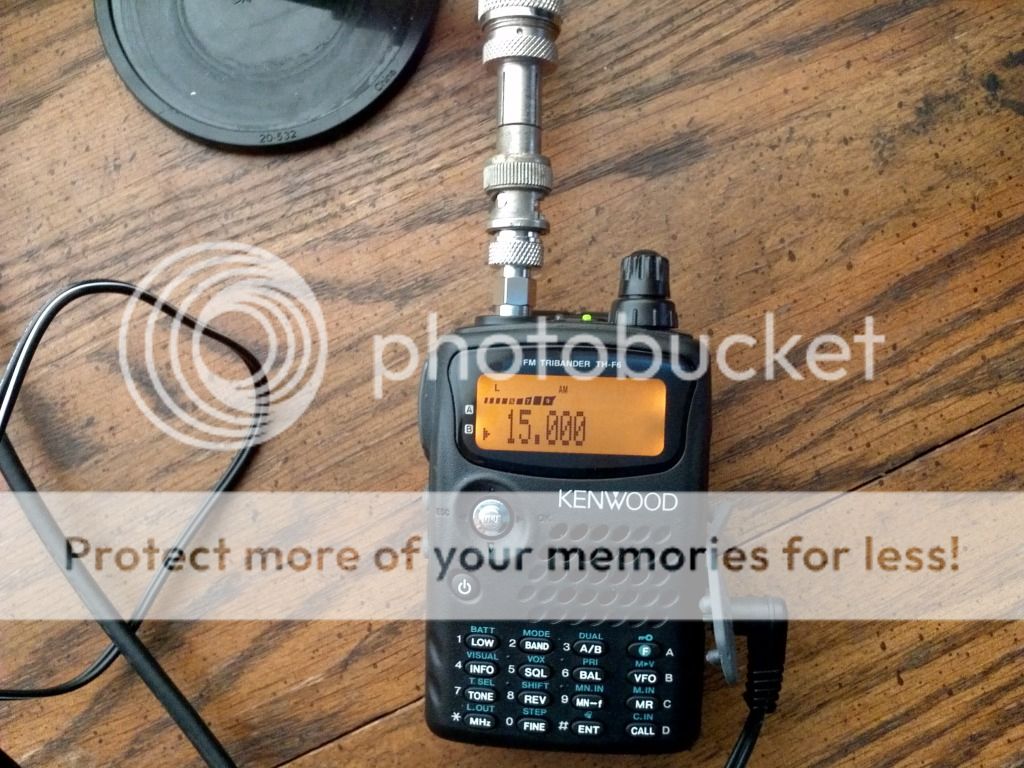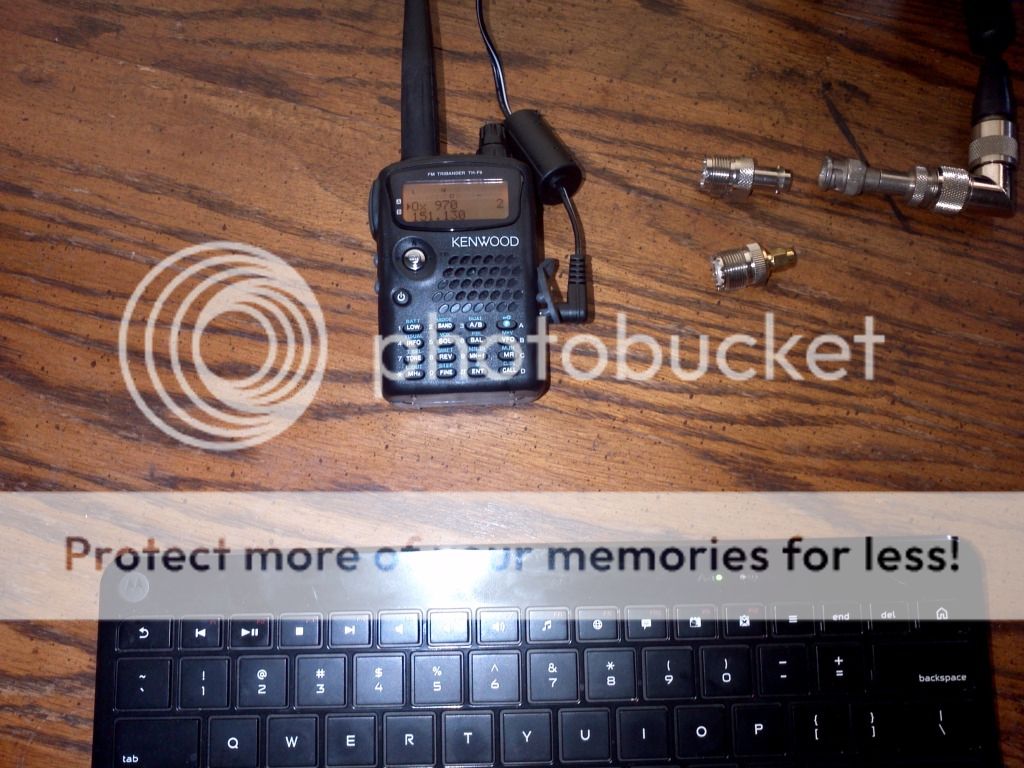O.K.....Here is the next 2 cents worth!
90% of the time I spend on radio is from the top of various mountains in the U.K.
I generally use H/T's...FT 270, Alinco DJ/G7 (for 23 cms), TH7e (th6 in U.S) a Wouxan and an Icom E90 for four meters and sometimes I haul an 817 and slab up as well.
Antennas are a Diamond X5000 for 2/70 and 23 and a slim jim for four.
The reason I'm explaining this, is because my usage of H/T's is pretty different from most folks usage but it does however, give me an interesting insight into the 'peculiarities' of their performance under the onslaught of high levels of amateur and non amateur R.F.
H/T's seem to have a fairly basic immunity to extraneous R.F. other than the desired frequency and the amount of 'noise' some let through from paging systems, data transmitters, microwave links etc etc is pretty horrendous, and at times, and on some summits, can make the radio worse than useless.
I took a VX7 up a summit at around 3000 ft asl and the incoming signals were desensed to a point that I couldn't make good copy with any other stations....I changed over to an old Alinco DJ/G5 and was able to work everyone that called in.......Interestingly, from the excellent vantage point that I had, I could see no signs of any commercial transmitting sites whatsoever.
Since then, I have tried many different H/T's, in various locations and heights
and the VX range come out badly, without exception.
My experiments with portable radios has been an interesting journey and many H/T's have been discarded along the way, with the Yaesu FT 530 being the biggest disappointment and the Yaesu FT 270 proving itself to be an absolute cracker.
However, this is based on my usage and most will find that in day to day radio play they don't have a problem with breakthrough....Well, perhaps not, untill they connect a high gain external antenna!
Regards, Ken.
Thanks for the read. Cheers
Sent from my DROIDX using Tapatalk 2

